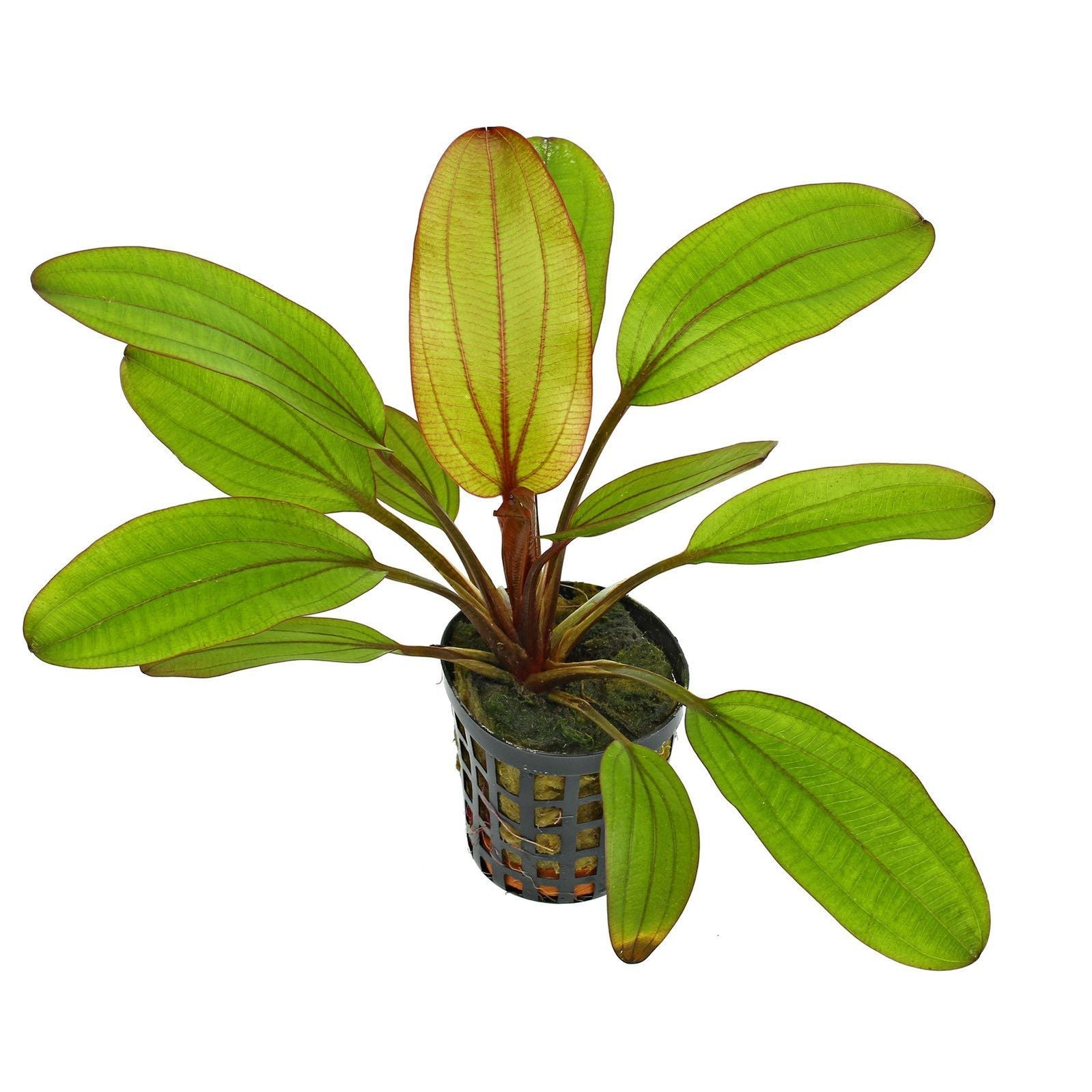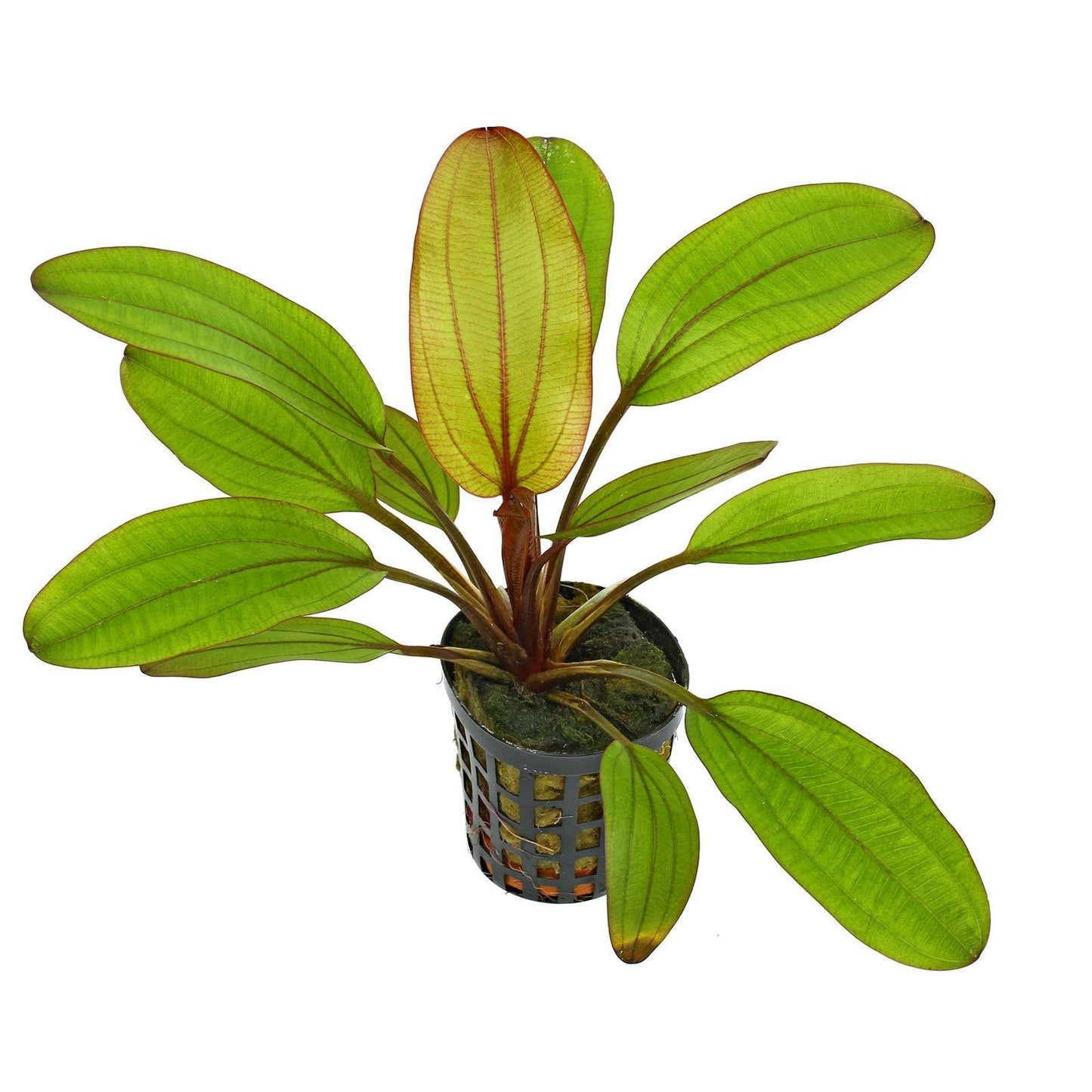🔥 Echinodorus Red Wild Grass - Unique Freshwater Aquarium Plant
Add a striking touch to your aquarium with the vibrant Echinodorus Red Wild Grass. Known for its long, narrow, red-hued leaves, this plant creates a natural yet dramatic appearance in any aquascape. Its hardy nature and easy maintenance make it a great choice for both beginners and experienced aquarists.
Echinodorus Red Wild Grass Quick Facts
| Feature | Details |
|---|---|
| 🌍 Origin | South America |
| 📏 Size | 10 - 18 inches |
| 💡 Lighting | Moderate to high |
| 🌡️ Temperature | 72°F - 82°F (22°C - 28°C) |
| 💧 pH Range | 6.5 - 7.5 |
| 🎨 Color | Red to deep burgundy with green accents |
| 🪴 Position in Tank | Midground to Background |
| 🌟 Difficulty | Beginner-friendly (easy to moderate) |
| 🐟 Compatibility | Betta fish, Neocaridina/Caridina shrimp, snails, community fish |
Why Choose Echinodorus Red Wild Grass?
- ✔️ Unique red grass-like leaves – Adds contrast and movement to aquascapes.
- ✔️ Hardy and fast-growing – Thrives in various freshwater conditions.
- ✔️ Provides shelter – Great for fish and shrimp looking for cover.
- ✔️ Improves water quality – Helps oxygenate the water and absorbs excess nutrients.
How to Care for Echinodorus Red Wild Grass
Care Tips
- Lighting: Moderate to high lighting enhances red coloration.
- Placement: Best used as a midground or background plant due to its tall, grass-like leaves.
- Substrate: Prefers nutrient-rich substrate; root tabs can boost growth.
- Fertilizer: Regular root fertilization and occasional liquid fertilizer enhance vibrant hues.
- Maintenance: Trim older or damaged leaves at the base to encourage fresh growth.
Propagation Steps
- Wait for Runners: The plant naturally produces side shoots or runners.
- Separate the Baby Plants: Once plantlets develop roots, carefully detach them from the parent plant.
- Replant: Place the new plantlets into the substrate and allow them to establish.

